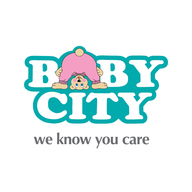
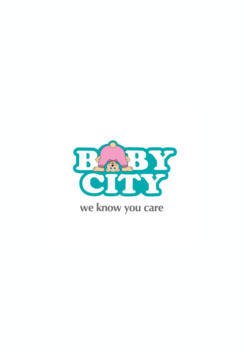
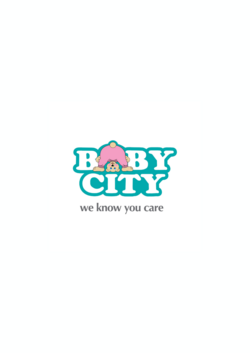


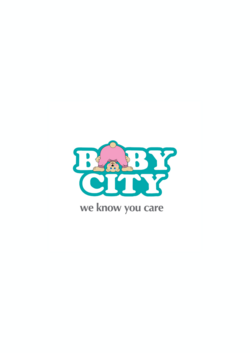


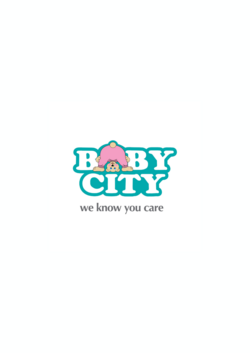

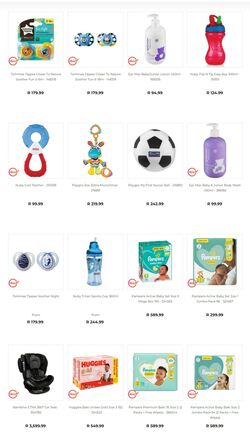


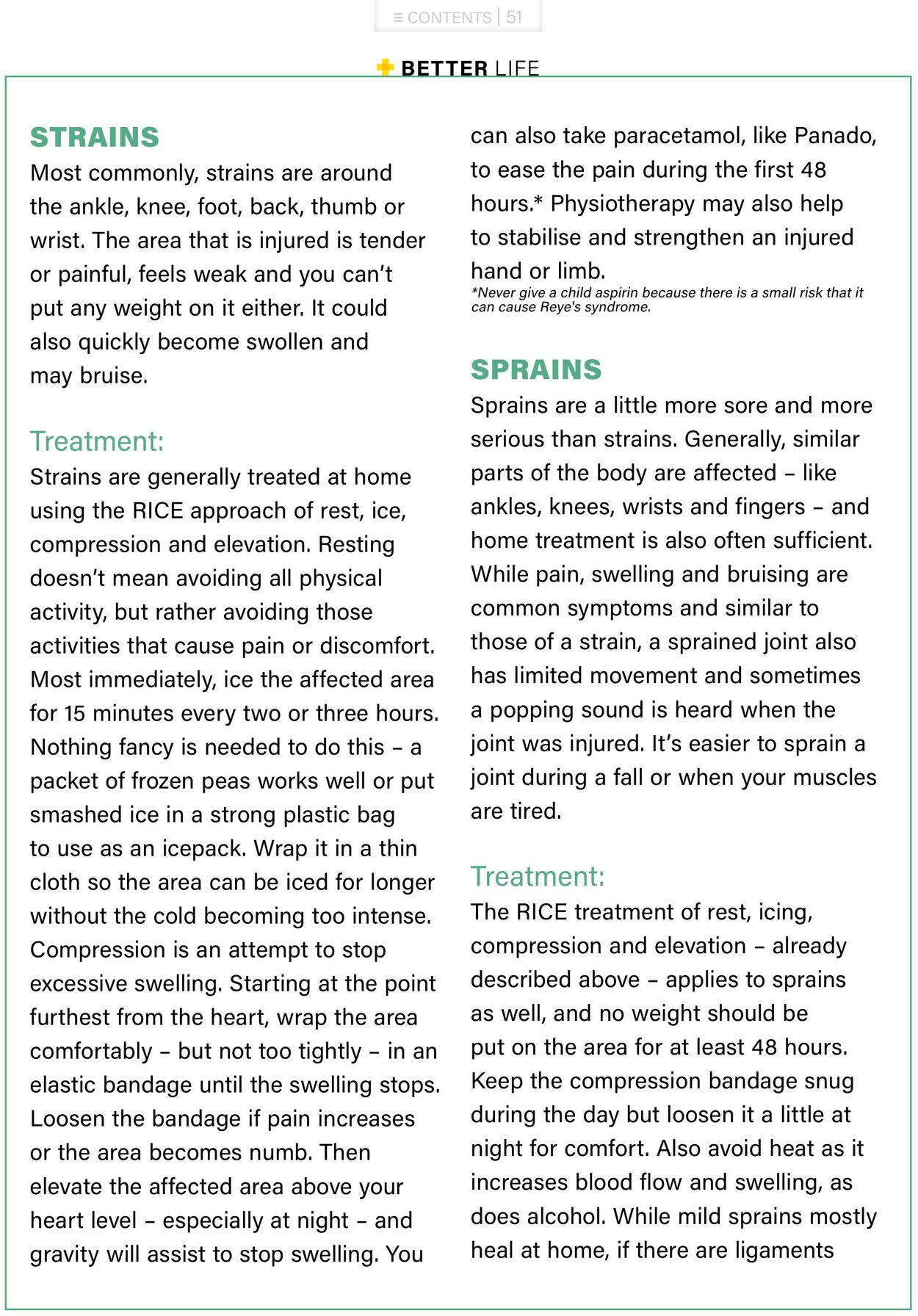
Products in this catalogue
“» BETTER LIFE STRAINS Most commonly, strains are around the ankle, knee, foot, back, thumb or wrist. The area that is injured is tender or painful, feels weak and you can't put any weight on it either. It could also quickly become swollen and may bruise. Treatment: Strains are generally treated at home using the RICE approach of rest, ice, compression and elevation. Resting doesn't mean avoiding all physical activity, but rather avoiding those activities that cause pain or discomfort. Most immediately, ice the affected area for 15 minutes every two or three hours. Nothing fancy is needed to do this - a packet of frozen peas works well or put smashed ice in a strong plastic bag to use as an icepack. Wrap it in a thin cloth so the area can be iced for longer without the cold becoming too intense. Compression is an attempt to stop excessive swelling. Starting at the point furthest from the heart, wrap the area comfortably - but not too tightly - in an elastic bandage until the swelling stops. Loosen the bandage if pain increases or the area becomes numb. Then elevate the affected area above your heart level - especially at night - and gravity will assist to stop swelling. You can also take paracetamol, like Panado, to ease the pain during the first 48 hours.* Physiotherapy may also help to stabilise and strengthen an injured hand or limb. *Never give a child aspirin because there is a small risk that it can cause Reye's syndrome. SPRAINS Sprains are a little more sore and more serious than strains. Generally, similar parts of the body are affected - like ankles, knees, wrists and fingers - and home treatment is also often sufficient. While pain, swelling and bruising are common symptoms and similar to those of a strain, a sprained joint also has limited movement and sometimes a popping sound is heard when the joint was injured. It's easier to sprain a joint during a fall or when your muscles are tired. Treatment: The RICE treatment of rest, icing, compression and elevation - already described above - applies to sprains as well, and no weight should be put on the area for at least 48 hours. Keep the compression bandage snug during the day but loosen it a little at night for comfort. Also avoid heat as it increases blood flow and swelling, as does alcohol. While mild sprains mostly heal at home, if there are ligaments
| Name | Details |
|---|